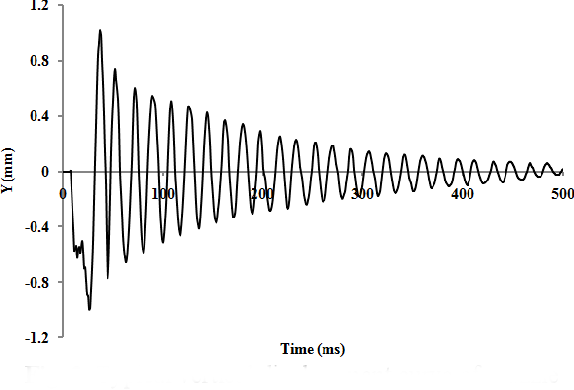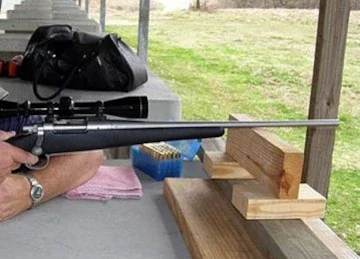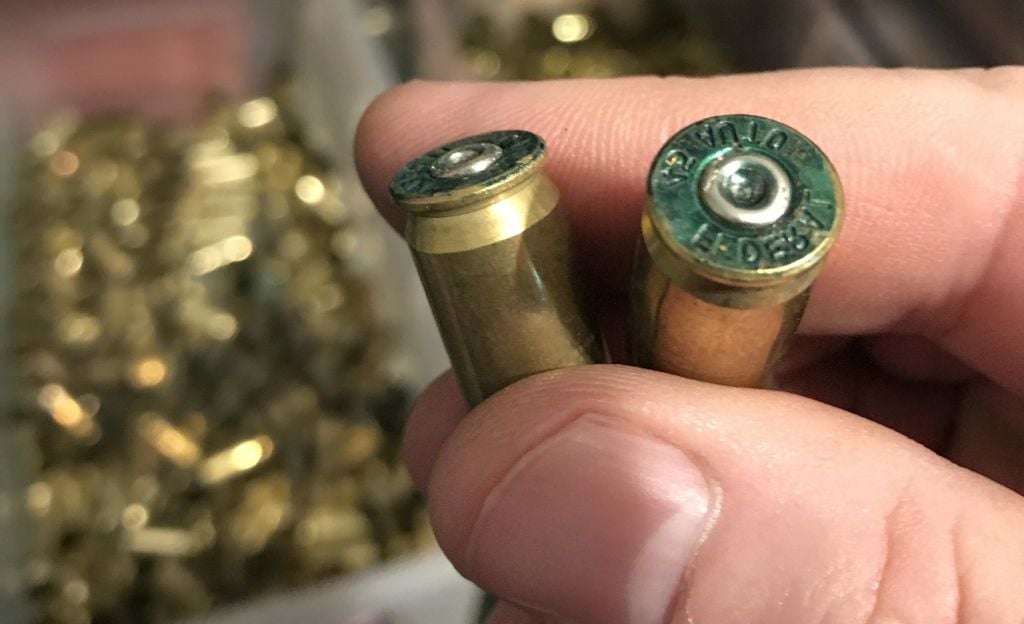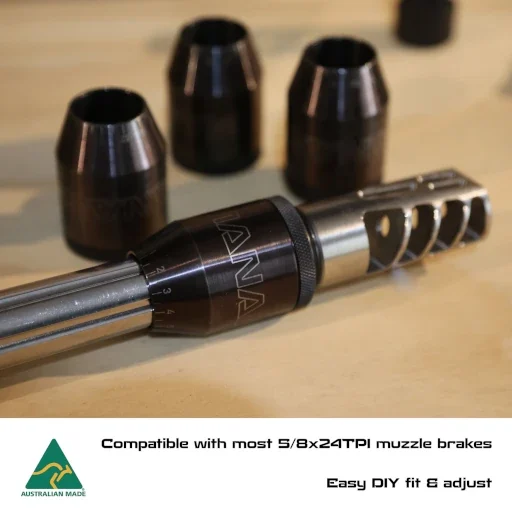

Barrel Harmonics
For accuracy, all that is required is consistency. We want every shot to be exactly the same. The foundation of achieving this includes Barrel Harmonics
Table of Contents
For accuracy, all that is required is consistency. We want every shot to be exactly the same. The foundation of achieving this begins with the mechanical structure of the rifle itself.
In this article we will discuss the purely mechanical things that affect rifle accuracy.
We are removing the factors of ammunition, environment, sights and the shooter (or the “Nut behind the Bolt!” 😄) We will also cover these in other articles along with muzzle blast and barrel joint movement.
The Rifle Barrel
Barrel Harmonics
When it comes to contributing factors to rifle accuracy, barrel flex(vibration) can be a big one.
When a bullet is fired in the barrel of a rifle, a chemical reaction occurs in the chamber that causes gas to expand so rapidly that it suits us to call it an explosion. These expanding gases have little place to go but the path of least resistance and that is down the barrel.
The gases that propel the bullet on its journey also cause varying pressure in the barrel. This causes the barrel to flex or “whip” along its length. This pressure wave travels rapidly between the receiver and crown of the barrel many times before the wave becomes negligible.

Standing Waves
When a vibration wave occurs at a specific frequency and is contained within a specific space (a rifle barrel). The sine wave of the original pattern and the returning wave interact in such a way that specific points (nodes) along the barrel appear to be stationary. The pattern is frequently referred to as a standing wave pattern or a harmonic.
If this were true in all cases then, by definition, the boundary of the change of medium (the barrel crown) would lie on a node (ie. stationary). This is obviously not always the case.
The standing wave node formation has to occur at a very specific frequency. If this frequency is not achieved, the waves travel back and forth and interfere at random, not producing any nodes at all. Getting the node to coincide with the barrel crown appears to be what most call the “sweet spot”. This correlates with tighter groups on target.

Achieving The Right Frequency
Adjusting the wave frequency can be achieved in a number of ways.
- Adjusting the ammunition load (pressure) until the natural frequency allows for the formation of nodes (standing waves).
- Using a barrel “tuner” to adjust the barrel length to match the ideal frequency of the wave.
Both forms seem valid and appear to work after testing although I have not used either.
Let us keep in mind that these harmonics are very, very small in the overall scheme of things. For the average rifle user such in depth knowledge is not needed or desired.
To illustrate:

This is why we have things like free floating barrels. Reducing things to interfere with the natural flex of the barrel. However this can also be affected by external factors. For example if the barrel is resting on a tree branch or fencepost it is likely to interfere with the original of the flex. Therefore altering the outcome of the shot by dampening the harmonics at a different place than normal and we lose consistency.

Heat
Another factor that can cause inconsistency is heat. The difference in the barrel temperature from the first shot and the last shot, if numerous rounds are fired consecutively. This can be considerable. The way the barrel flexes is altered by the built up heat and ergo alters the way the bullet leaves the barrel.
Young’s modulus is a mechanical property that measures a solid material’s tensile stiffness. The modulus of metal is temperature dependent and varies with increase (or decrease). Therefore, stepping back to the section on waves, an increase of heat will alter the harmonics of a barrel.
Fluting
I have never used a fluted barrel, but here is some stuff I found.
"Accuracy requires that they simply flex the same and return the same each time they are fired, hence the requirement for a pillar bedded action and free floating barrel. The unrecoverable stresses that fluting can induce will cause the barrel to flex differently or not return from the flexing without cooling down a major amount. This is usually longer than a shooter has to wait for the next shot. The claim of the flutes helping to wick heat away faster is true, but the benefit of the flutes is not recognizable in this regard until the barrel is already too hot."
Shilen Rifles Inc "FAQ Question 8" ( http://www.shilen.com/faq.html#question8)
"They discovered that, no matter which fluted barrel they used, the dots would diverge as the barrel heated. The dots from the devices mounted to the scope and the receiver would stay in place, but the barrel’s device would manifest a point-of-impact (POI) shift. The POI shift from the warming barrel greatly diminished when they used barrels without flutes. Engineers determined that the flutes never heated evenly, causing the POI shift."
Tom Beckstrand "SNIPER Magazine 2013" (Testing done by Accuracy International)
I will let you draw your own conclusions on fluting.
Locking Lugs
When in the ideal condition the locking lugs of the bolt will provide even pressure on the cartridge case. However wear on the lugs, oil or dirt can affect this adversely. Providing an asymmetric pressure on the cartridge case.
Testing with a 270 Winchester (90 grain) at 100 yards with one bolt locking lug disabled shows a grouping difference of up to two inches.
Bolt Face
Similarly, contamination of the bolt face where it contacts the cartridge also provides a change of pressure, altering the frequency of vibration in the barrel. Powder and primer residue builds up on these faces as well as dirt, oil and grit.
Dirty Ammo
Dirt, oil and grit on the cartridge you are chambering can also have an effect. This can cause excessive headroom to the bolt face. A good indicator of this is a bulging primer on your ammo.

Barrel Weight
The heavier the barrel the more it has the tendency to dampen flex by inertia. Fine. This is desirable if you are target shooting but probably impractical carting it around hunting all day.
Barrel Flexibility
Contrary to popular belief, a barrel that is flexible is consistently more accurate that it’s stiffened counterparts.
"While making barrel vibration calculations I decided to try to determine the most important parameter in a barrel-stiffness or weight?.............................Well, the upshot of all this is that a heavy, flexible barrel is the best."
Harold R. Vaughn "Rifle Accuracy Facts" ( Precision Shooting, Inc. 1998 p.80.)
Summary
Remember, we are after a shot that is the same every time. So as long as the barrel is supported in the same manner, for every shot, things should be fine. Given the factors that we mere mortals can control it does not have to be complicated.
- Give the rifle barrel free rein to act as designed and it should behave the same way. Do not rest it on a post, tree or car roof and it should serve you well.
- Keep it clean. The bolt, chamber as well as ammunition.
- Watch the number of rounds you put downrange with an eye to the issue of barrel heat.
- A heavy flexible barrel appears to perform best overall. At the end of the day, it will come down to choice as to what horse you pick for what course here.
Other factors come into play such as:
- Barrel joint movement
- Muzzle blast effects
- Scope movement
- Bullet core issues
- Bullet imbalance
- External ballistics
We intend to address these in future articles.
FAQ (Frequently Asked Questions)
What is rifle barrel harmonics?
When a bullet is fired in the barrel of a rifle, a chemical reaction occurs in the chamber that causes gas to expand so rapidly, that it suits us to call it an explosion. These expanding gases have little place to go but the path of least resistance and that is down the barrel.
The gases that propel the bullet on its journey also cause varying pressure in the barrel. This causes the barrel to flex or “whip” in random directions along its length in a harmonic or standing wave pattern. This pressure wave travels rapidly between the receiver and crown of the barrel many times, reducing in amplitude, before the wave becomes negligible.
What is barrel whip?
When a projectile is fired in the barrel of a rifle, the powder in the cartridge burns rapidly and causes pressure that forces the bullet down the barrel.
This pressure in causes the barrel to flex or “whip” in random directions along its length in a sine wave pattern.
What does barrel harmonics reduction do?
The barrel harmonic wave occurs at a specific frequency and is contained within a specific space, the barrel length. If the sine wave of the original pattern and the returning wave interact in such a way that specific points, called nodes, along the barrel appear to be stationary.
A reduction in harmonics is more a “tuning” of the harmonic wave. This attempts to match a stationary node with the barrel muzzle. This is intended to keep the muzzle stationary and thereby improve the consistency of the shot.


